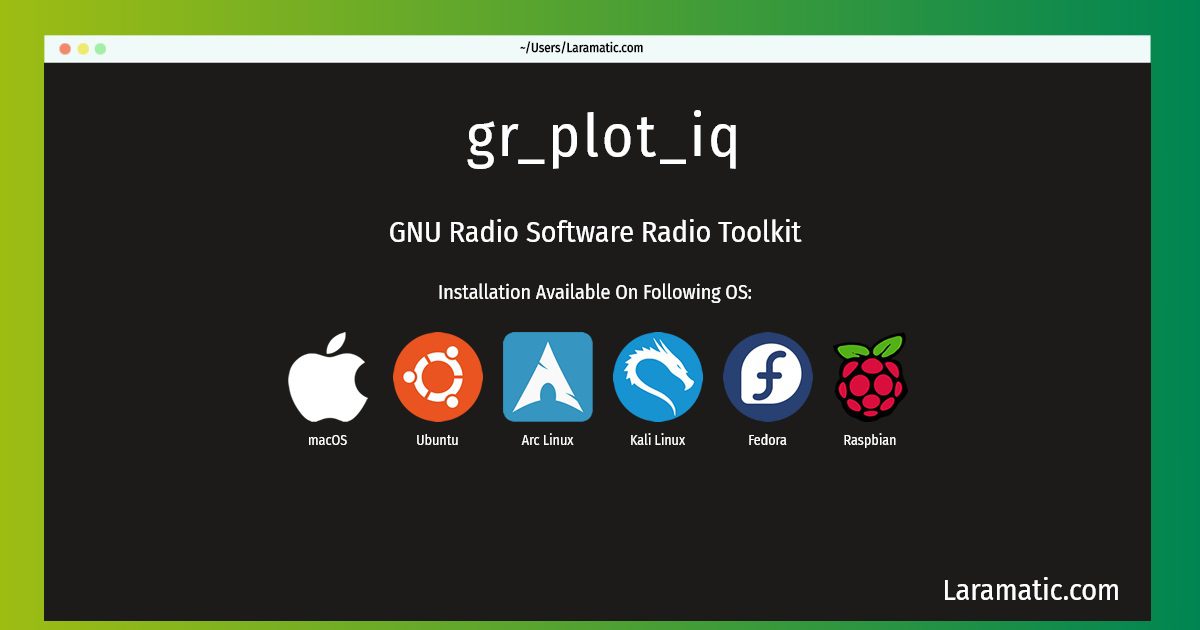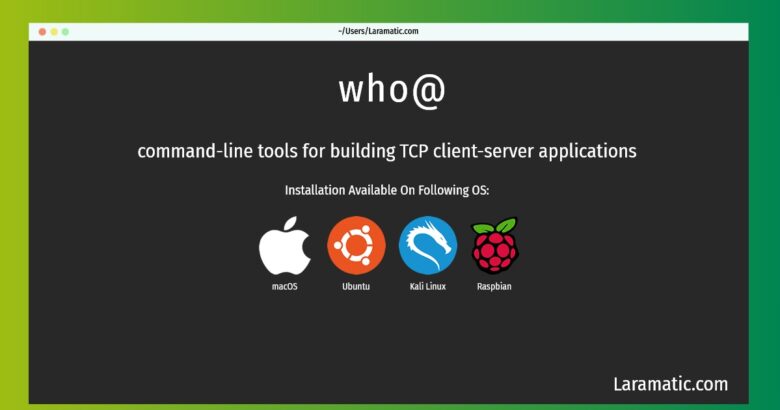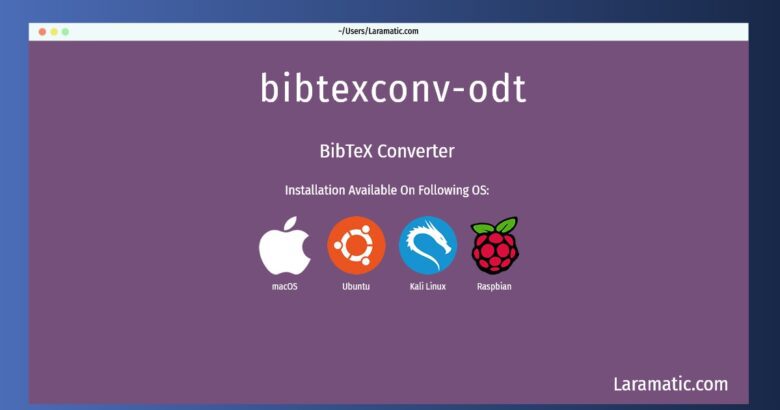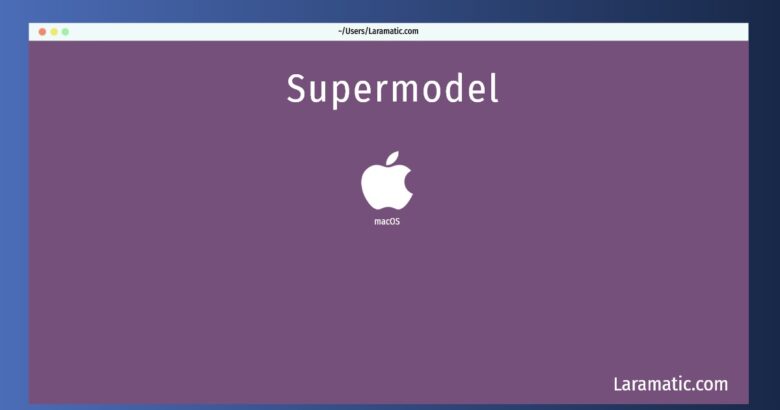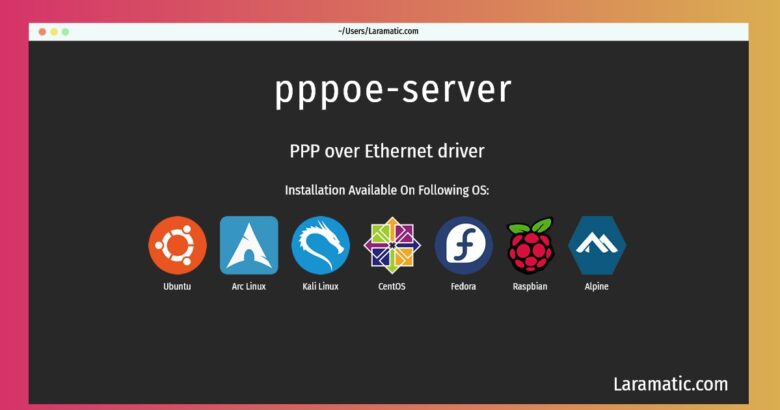How To Install Gr_plot_iq On Debian, Ubuntu, Arch, Kali, Fedora, Raspbian And MacOS?
Install gr_plot_iq
-
Debian
apt-get install gnuradioClick to copy -
Ubuntu
apt-get install gnuradioClick to copy -
Arch Linux
pacman -S gnuradioClick to copy -
Kali Linux
apt-get install gnuradioClick to copy -
Fedora
dnf install gnuradioClick to copy -
Raspbian
apt-get install gnuradioClick to copy -
macOS
brew install gnuradioClick to copy
gnuradio
GNU Radio Software Radio ToolkitGNU Radio provides signal processing blocks to implement software radios. It can be used with readily-available low-cost external RF hardware to create software-defined radios, or without hardware in a simulation-like environment. It is widely used in hobbyist, academic and commercial environments to support both wireless communications research and real-world radio systems. GNU Radio applications are primarily written using the Python programming language, while the supplied performance-critical signal processing path is implemented in C++ using processor floating-point extensions, where available. Thus, the developer is able to implement real-time, high-throughput radio systems in a simple-to-use, rapid-application-development environment. While not primarily a simulation tool, GNU Radio does support development of signal processing algorithms using pre-recorded or generated data, avoiding the need for actual RF hardware. This package contains the gnuradio-companion, a graphical tool for creating signal flow graphs and generating flow-graph source code. Also included are a variety of tools and utility programs.

